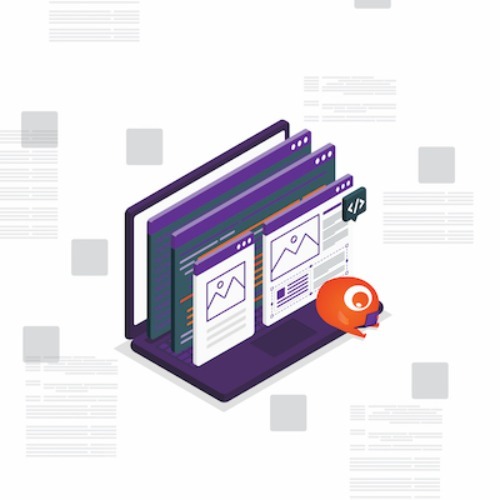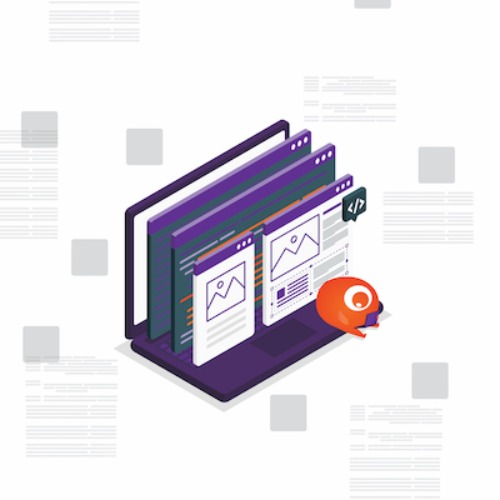
DEALING WITH PRODUCT IMPORT ERRORS

If you use catalog imports in any capacity, you understand the frustration that comes with the process. Regardless of your current version of Magento, whether it’s M1 or 2, the “Check Data” button can cause an overwhelming amount of stress, especially if you work on a spreadsheet for hours. Nothing boils the blood faster than seeing “General System Exception has Occurred” flash in red across the screen. Actually, seeing any error pop-up can lead to hair-pulling.
Look, product import errors are the worst. As the Application Specialist at Razoyo, I’ve seen every possible error when trying to run an import. The frustration of running into errors is not lost on me, and I’ve had my fair share of meltdowns. However, since I have been in charge of this for quite some time, I have a few things I check for before I click the “Check Data” button on the import page. Before you try your next import, follow these tips:
Check for Invalid Characters
I cannot tell you how many times this was the thing holding back a full import. Now, when you’re handling a smaller import, it’s easy to pinpoint an invalid character. However, when you are working with 10k lines of product data, it is not so easy to pick out the problem. So, what do you do?
Well, Magento is usually pretty good at telling you which rows contain the issue. Take a look at the error, see which row is giving you the problem (Magento will provide the row number), and go one row further. So, if it says the error is on row 90, the real error is on row 91. Magento does not count the headers, so it’s always the row listed +1.
Nine times out of ten, the problem will be found in the description. Also, look for this one right here: �. (I’ve seen this one pop-up quite a few times). I know this may sound crazy to you, but open the spreadsheet in OpenOffice. I have much more success avoiding invalid characters in OpenOffice than Excel. Yes, Excel is the standard, but it has its fair share of issues.
Make Sure Attribute Values Match What is in Admin
Sounds simple enough, but it is often overlooked. Let me give you an example. Let’s say you are importing shirts into the admin, all of which have different sizes and colors. The attribute columns should have the proper values in them, but maybe one isn’t quite what it should be. It’s says “blue,” and you just know there is a value for blue under the “color” attribute in the back-end.
Well, take a quick second to double-check. In most cases, one of two things happened: the value doesn’t exist in the attribute or there is an issue with the case of the letters. So, if we continue our example, blue is listed under the “color” attribute, but it’s capitalized. “Blue.” It seems minor, but attributes and associated values must be exact matches to the attributes and values in admin.
Double-Check Formatting
Yes, I know, it seems obvious. That being said, it still needs to be checked. Make sure the configurables follow the simples in the spreadsheet. Make sure associated simple SKUs, attributes, and values and listed in the “super” columns. Speaking of columns, double-check the spelling. Do you have underscores in the correct places in the column headers? Just give your sheet a one-over. Do some spot-checking and make sure everything looks correct. Giving it one quick glance before an import can save you a lot of time and headaches.
Avoid Product Import Errors
Following these tips and cleaning up a spreadsheet before an import will help you avoid errors during the product creation process. Though you can still run into issues, these tips will help minimize common problems that appear when clicking the “Check Data” button. Just keep calm, be patient, go over your sheet, make any necessary corrections, and proceed. The more you do this, the fewer times error messages will appear on the import page.





